You might be surprised to hear that we’ve never done an episode of Astronomy Cast featuring Betelgeuse. Well, good news, this is that episode. Let’s talk about the star, why it might be dimming, and what could happen if it explodes as a supernova.
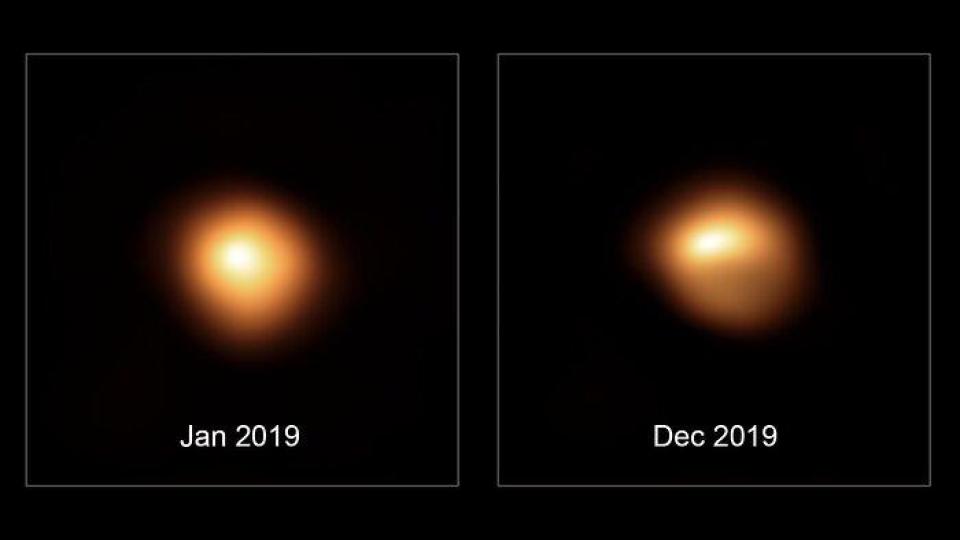

You might be surprised to hear that we’ve never done an episode of Astronomy Cast featuring Betelgeuse. Well, good news, this is that episode. Let’s talk about the star, why it might be dimming, and what could happen if it explodes as a supernova.
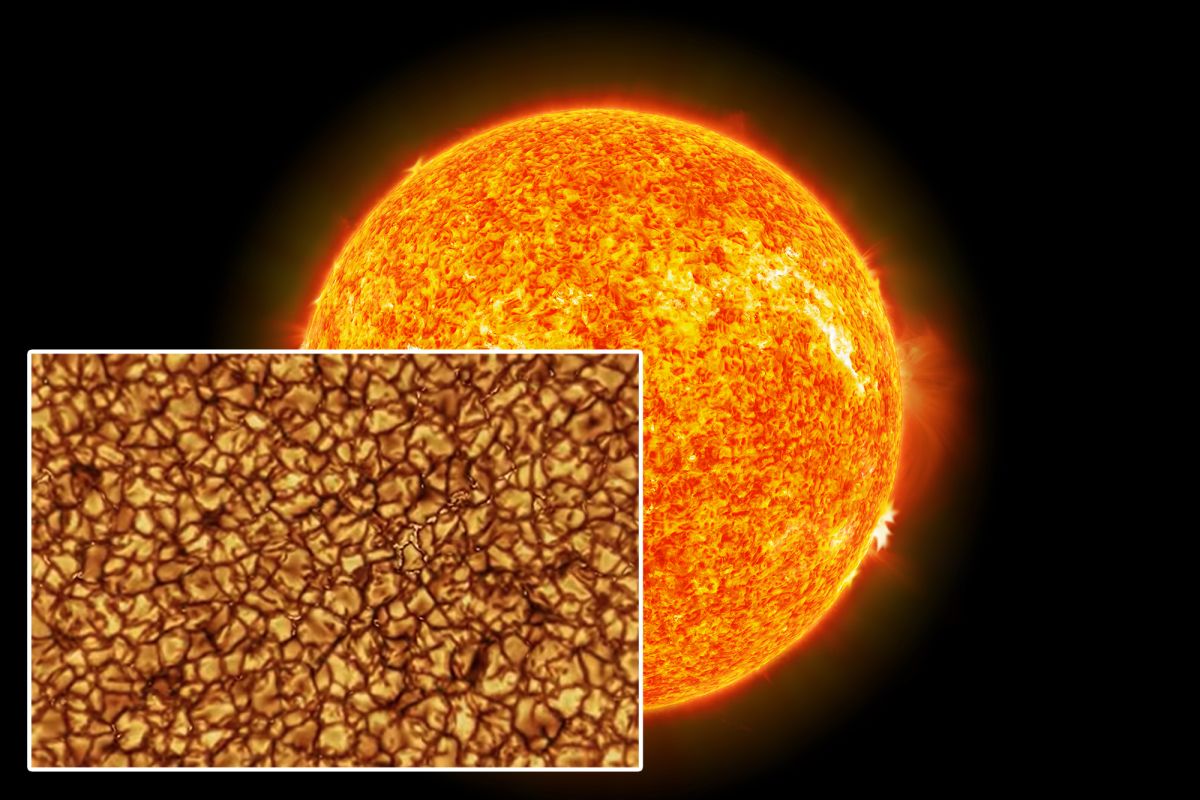
A brand new telescope has completed on Maui’s Haleakala, and it has just one job: to watch the Sun in unprecedented detail. It’s called the Daniel K. Inouye telescope, and the engineering involved to get this telescope operational are matched by the incredible resolution of its first images.

https://www.youtube.com/watch?v=JJQFrgxlmus We've been following this story for more than a decade, so it's great to finally have an answer to the question, why was supernova 2006gy so insanely bright? Astronomers originally thought it was an example of a supermassive...
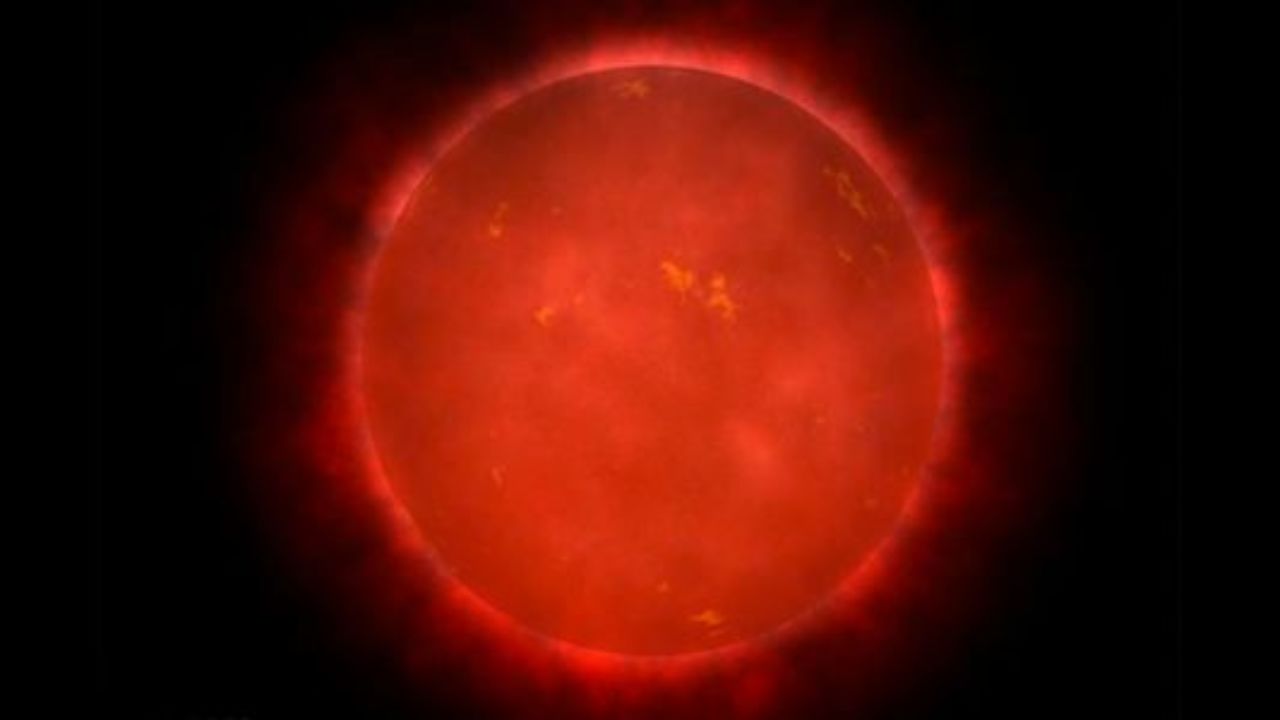
https://www.youtube.com/watch?v=wh1Ocfgmptc On the one hand, red dwarfs are the longest lived stars in the Universe, the perfect place for life to hang out for trillions of years. On the other hand, they're tempestuous little balls of plasma, hurling out catastrophic...
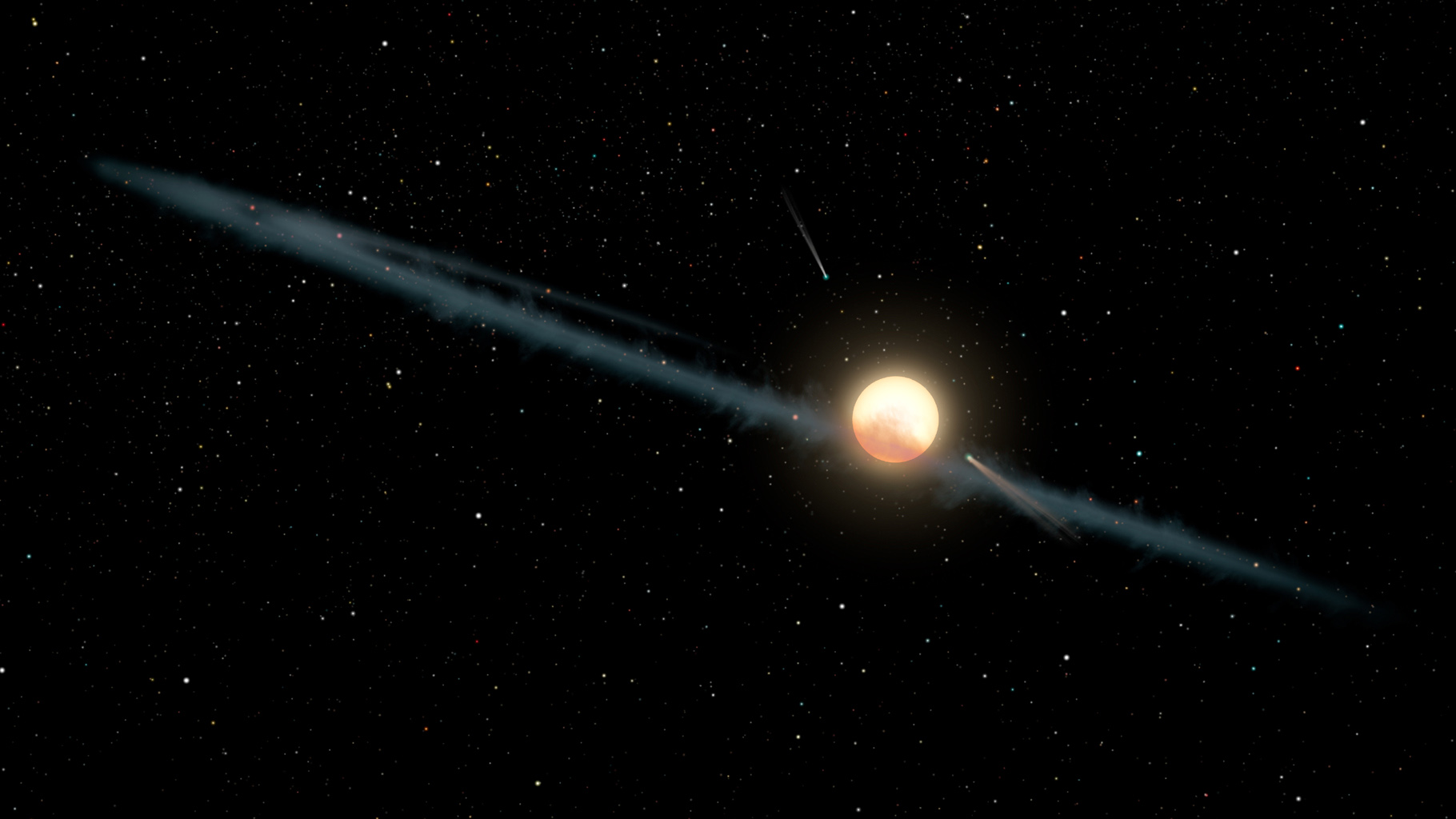
Huge surveys of the sky are finding more and more planets, stars and galaxies. But they're also turning up strange objects astronomers have never seen before, like Boyajian's star. Today we're going to talk about some unusual objects astronomers have discovered, and...
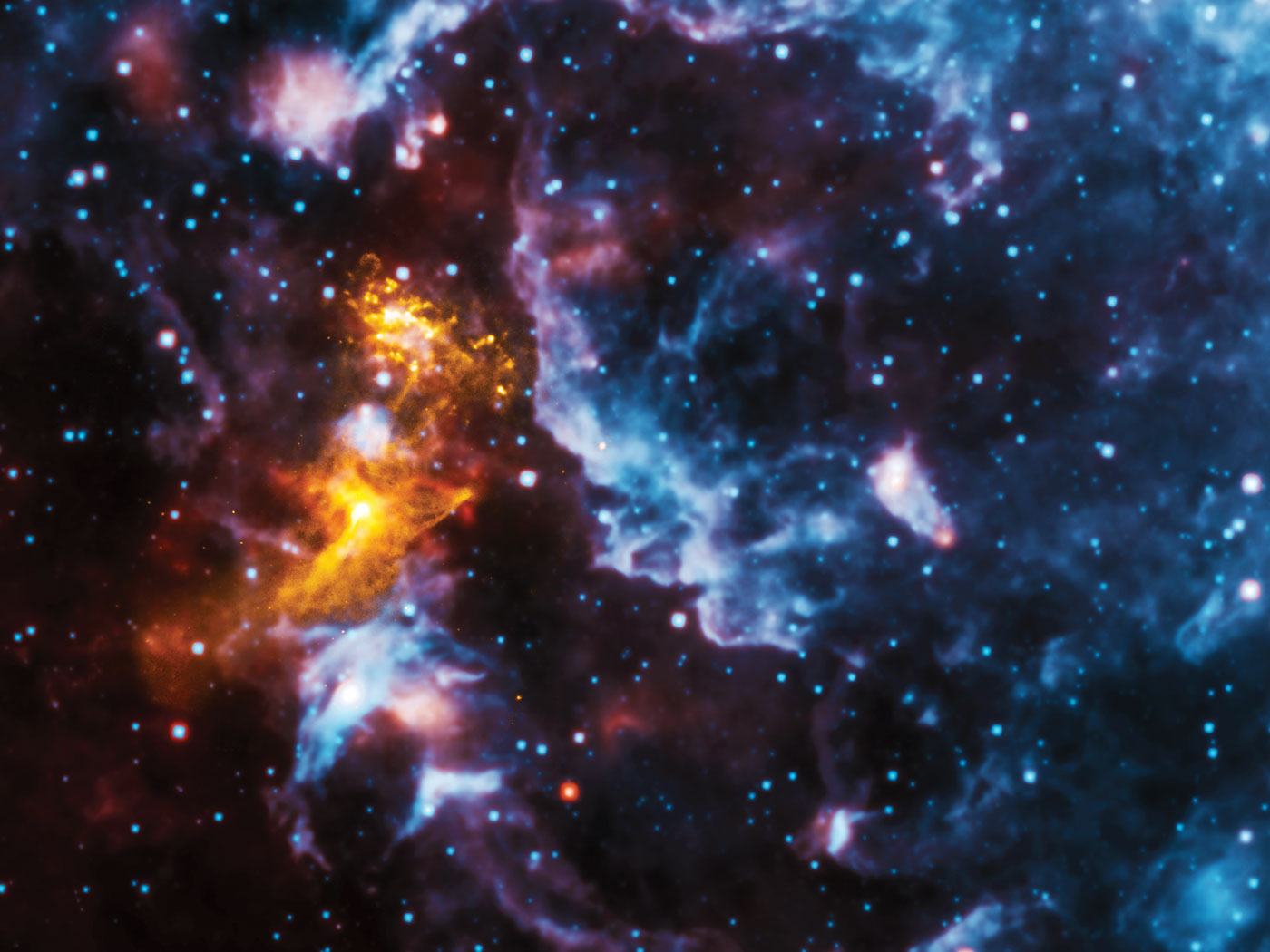
Last week we gave you an update on the formation of elements from the Big Bang and in main sequence stars like the Sun. This week, we wrap up with a bang, talking about the death of the most massive stars and how they seed the Universe with heavier elements.
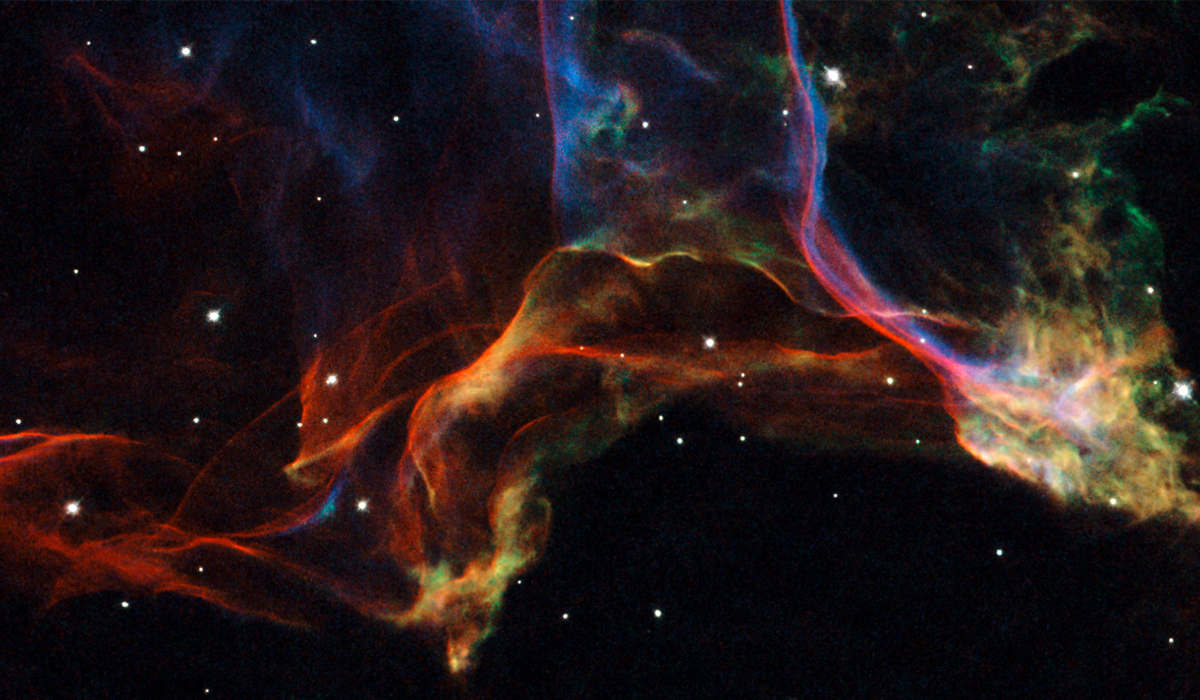
The Universe started out with hydrogen and helium and a few other elements, but all around us, there are other, more proton-rich elements. We believe these heavier elements formed in stars, but which stars? And at what points in their lives? Today we’ll update our knowledge with the latest science.
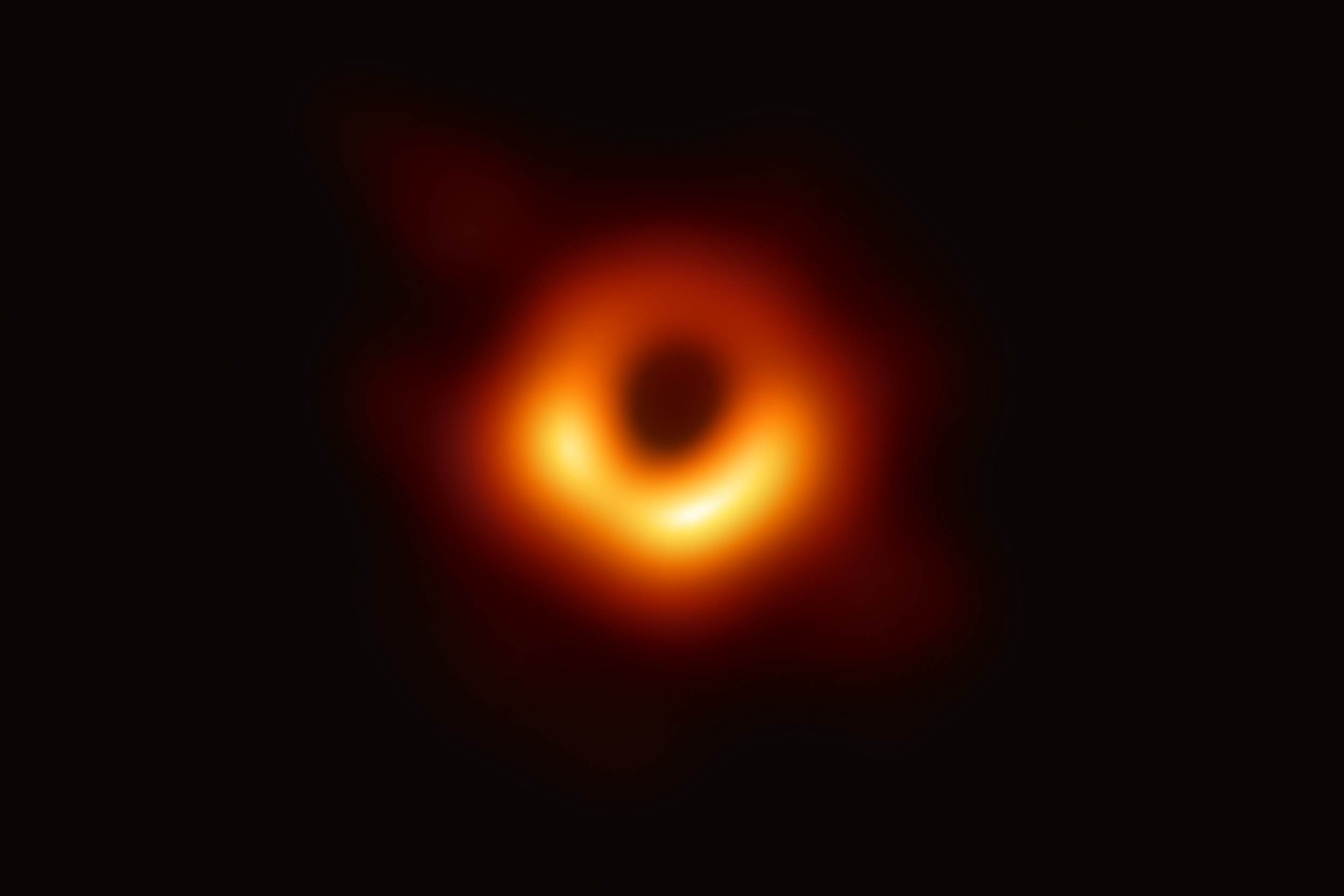
Today, of course, we’re going to talk about the announcement from the Event Horizon Telescope and the first photograph of a black hole’s event horizon.
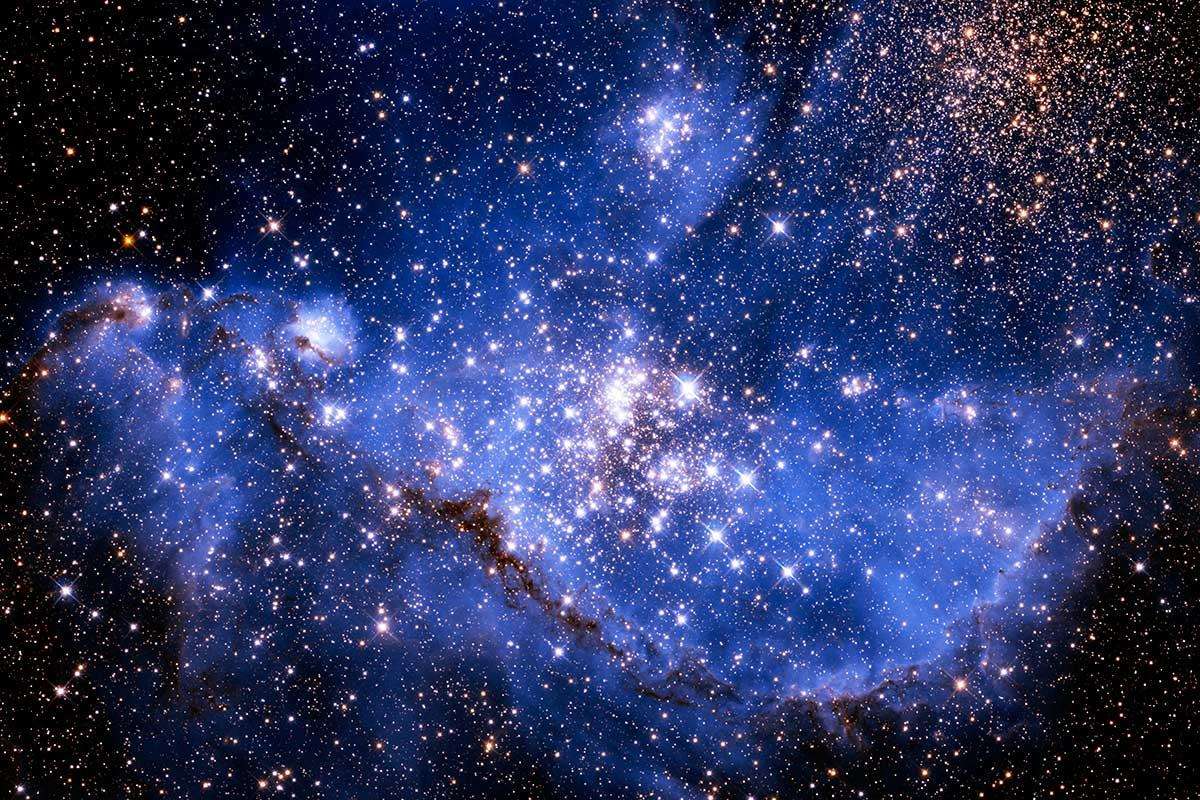
We learned how to figure out the ages of objects in the Solar System, now we push out into the deeper Universe. What about stars, galaxies, and even the Universe itself? How old is it?
Another update show, this time on the various generations of stars, let’s get into it.
Time for another update, this time we’re going to look at what’s new with supernovae. And once again, we’ve got good news, lots of new stuff to report.
Summer is almost here, and for the northern hemisphere, that means warm nights for observing. But what to observe? We’re here with a list of events and targets for you to enjoy over the summer. Get your calendars handy, and start organizing some events with your friends, and then get out there!
On Monday, August 21, 2017, there’s going to be a total eclipse of the Sun, visible to path that goes right through the middle of the United States. You should be making plans to see this, and we’re here to help you know where to go and what to do.
One of the most familiar asterisms in the night sky is the Teapot, in Sagittarius. Today we’re going to talk about that and have a bonus conversation about Bertrand Russell’s Teapot Argument.
Most of the time stars hang around for billions of years. But the Universe is a big place, and anything that can go wrong, inevitably does. Today we talk about what happens when these stars come together. The outcome is violent, and fortunately for you, also interesting.
The atmosphere keeps us alive and breathing, but it really sucks for astronomy. Fortunately, humanity has built and launched space telescopes that get above the pesky atmosphere, where the skies are really clear. Let’s take a look at the past, current and future of orbital observation.
Out here in the Milky Way’s suburbs, stellar collisions are unheard of. But there are places in the galaxy where stars whiz past each other, and collisions can happen. When stars collide, it’s a catastrophic event, and the stellar wreckage is visible half a galaxy away.
The Universe is filled with hot fusion, in the cores of stars. And scientists have even been able to replicate this stellar process in expensive experiments. But wouldn’t it be amazing if you could produce energy from fusion without all that equipment, and high temperatures and pressures? Pons and Fleischmann announced exactly that back in 1989, but things didn’t quite turn out as planned…
Comets can spend billions of years out in the Oort Cloud, and then a few brief moments of terror orbiting the Sun. These are the sun grazers. Some survive their journey, and flare up to become the brightest comets in history. Others won’t survive their first, and only encounter with the Sun.
As we’ve mentioned before, the Sun is a terrifying ball of plasma. It’s a good thing we’re keeping an eye on it. And that eye is the Solar and Heliospheric Observatory, or SOHO. Operating for more than 18 years now, SOHO has been making detailed observations of the Sun’s activity though an almost entire solar cycle. With so many years of operation, SOHO has some amazing stories to tell?
Our Sun isn’t just a terrifying ball of white hot plasma, it’s actually a lot more complex. It’s got layers. And today, we’re going to peel back those layers and learn about the Sun – from the inside out.
Although the Zodiac is best known for astrology nonsense, it has a purpose in astronomy too. The constellations of the Zodiac define the plane of the ecliptic: the region where the Sun, Moon and planets appear to travel through the sky. What are the constellations of the Zodiac, and how do astronomers use them as way-points?
When too much material tries to come together, everything starts to spin and flatten out. You get an accretion disc. Astronomers find them around newly forming stars, supermassive black holes and many other places in the Universe. Today we’ll talk about what it takes to get an accretion disc, and how they help us understand the objects inside.
If you get enough hydrogen together in one place, gravity pulls it together to the point that the temperature and pressures are enough for fusion to occur. This is a star. But what happens when you don’t have quite enough hydrogen? Then you get a failed star, like a gas giant planet or a brown dwarf.
Have you ever heard an astronomer utter these words? Oh be a fine girl and kiss me. They’re not being romantic, they’re trying to remember the different ways to organize stars, as detailed nicely on a Hertzsprung–Russell diagram. Let’s learn what all those letters mean, and what differentiates a type-O star from a type-G.